Pectra Upgrade Highlights
- Activated on: Wednesday, at 10:05 UTC
- Finalized: Around 13 minutes later
- Type: Hard fork (a permanent change to the Ethereum network)
This upgrade comes at a time when Ethereum is under pressure. It’s facing strong competition from other blockchains like Solana. Internally, there’s also tension about Ethereum’s direction and leadership.
Main Changes in Pectra
1. Max Stake Raised to 2,048 ETH
One of the biggest changes is the increase in the staking limit from 32 ETH to 2,048 ETH. This is defined in EIP-7251.
Why it matters:
- Reduces the need for multiple validators
- Helps big staking providers run more efficiently
- Allows smaller operators to grow more easily
- Reduces strain on the peer-to-peer (p2p) network
Before Pectra, staking more than 32 ETH meant running many validators. This was costly and slow. Now, validators can handle more ETH under one node, simplifying things for both small and large operators.
2. Wallets Become Smarter: EIP-7702
Another key feature is wallet enhancement through EIP-7702. This allows user wallets to temporarily act like smart contracts.
Benefits include:
- Pay gas fees in stablecoins instead of ETH
- Set up automatic recurring payments
- Recover wallet access if seed phrase is lost
This change supports the broader move toward account abstraction, a vision for easier-to-use crypto wallets.
Other Features in Pectra
In addition to the two main changes, nine other Ethereum Improvement Proposals (EIPs) are part of this upgrade. Here’s a summary:
EIP | Purpose |
2537 | Speeds up cryptographic operations, boosting privacy tools |
2935 | Stores more past block data for easier verification |
6110 | Simplifies how new validators join the network |
7002 | Lets validators withdraw funds directly, improving security |
7549 | Optimizes how the network processes validator votes |
7623 | Raises the cost of calldata, affecting data availability |
7685 | Standardizes how execution and consensus layers communicate |
7691 | Increases the number of data blobs per block |
7840 | Adds a setting to manage the amount of data allowed per block |
These changes mainly benefit developers, validators, and infrastructure providers, helping the Ethereum network run more smoothly and securely.
Why the Upgrade Matters Now
Ethereum is no longer the only major player in the smart contract space. Solana and other networks have been attracting more developers. Ethereum has also faced criticism for its slow development pace and unclear roadmap.
To counter this, the Ethereum Foundation has introduced new leadership and plans to support developers better. The Pectra upgrade is a big part of that strategy.
It also follows two failed test runs, one of which permanently damaged a key Ethereum test network. That made some in the community question Ethereum’s readiness for large-scale updates.
Pectra is a major step forward for Ethereum. It brings practical improvements that help both users and staking providers. By raising staking limits and making wallets smarter, Ethereum is laying the groundwork for a more efficient and user-friendly future.
Still, the network will need to move quickly to keep up with competitors and meet rising expectations.
Remember, investing in cryptocurrencies involves risks, and it’s important to conduct thorough research and seek professional advice before making any financial decisions. (Please keep in mind that this post is solely for informative purposes and should not be construed as financial or investment advice.)



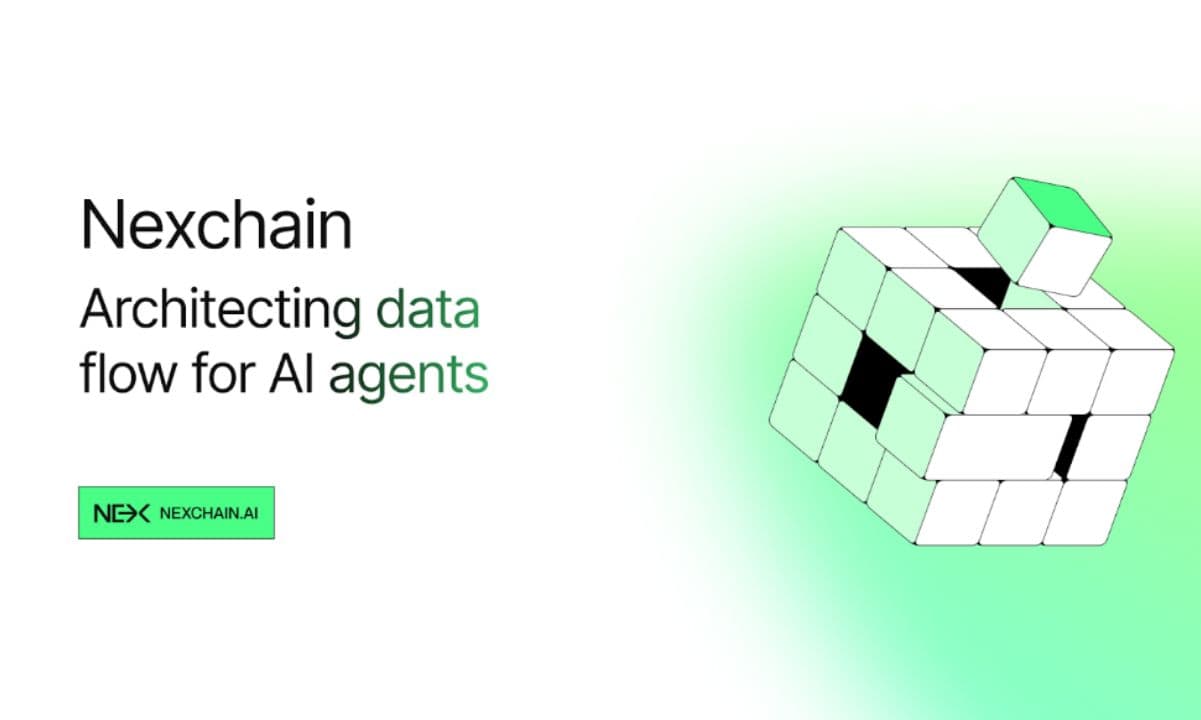
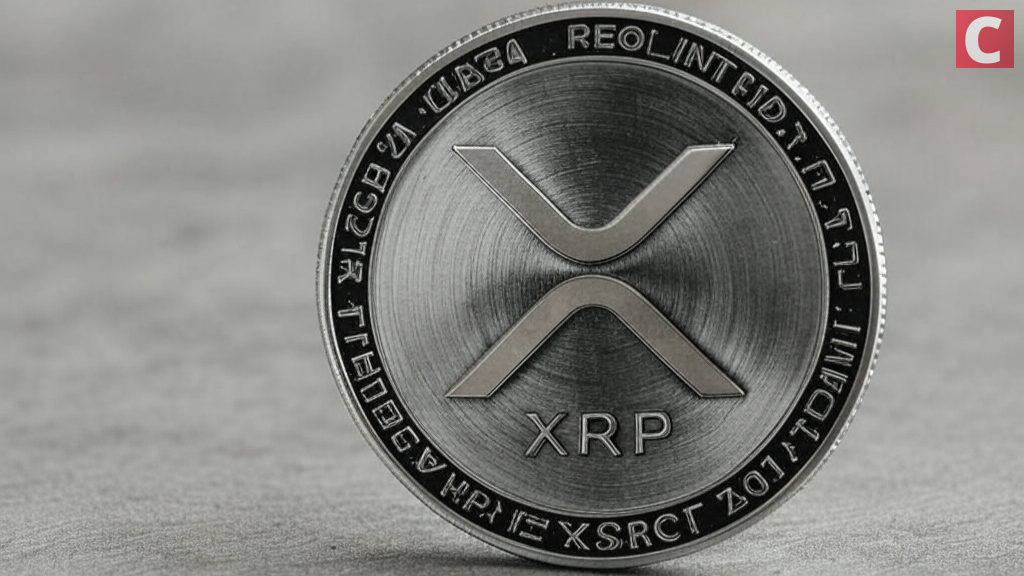


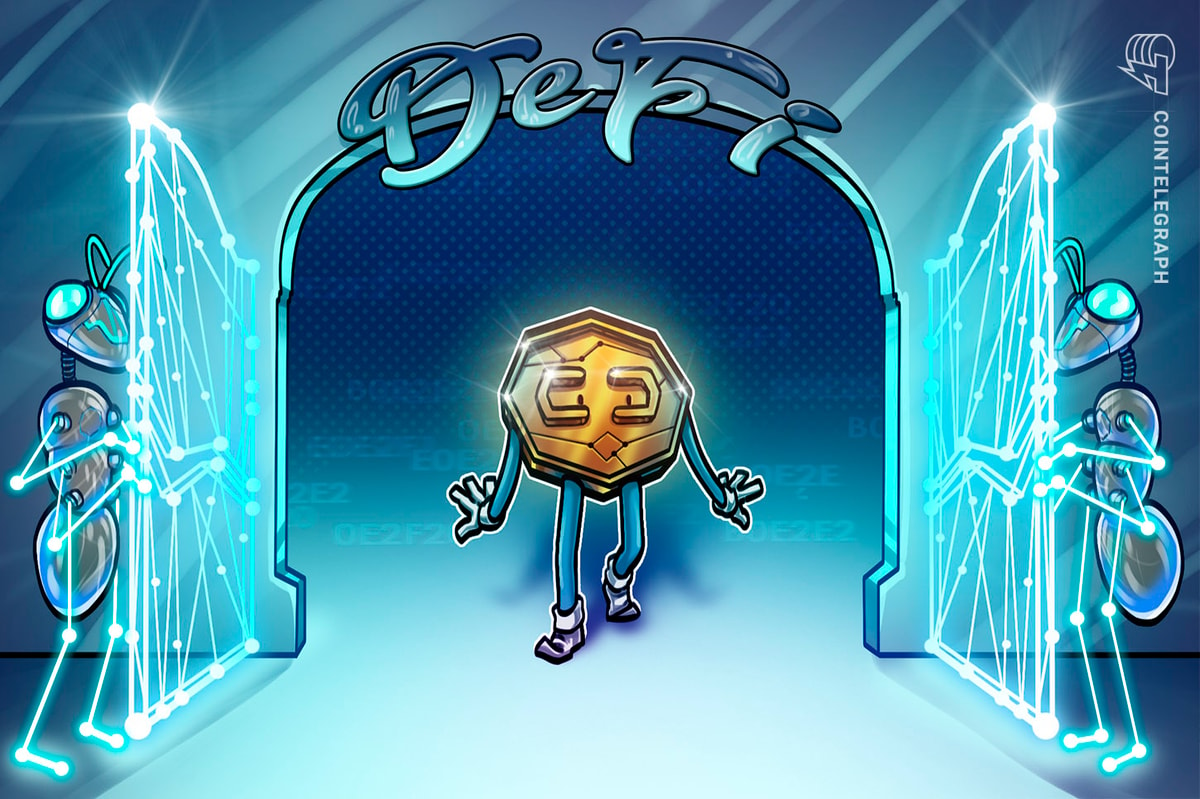





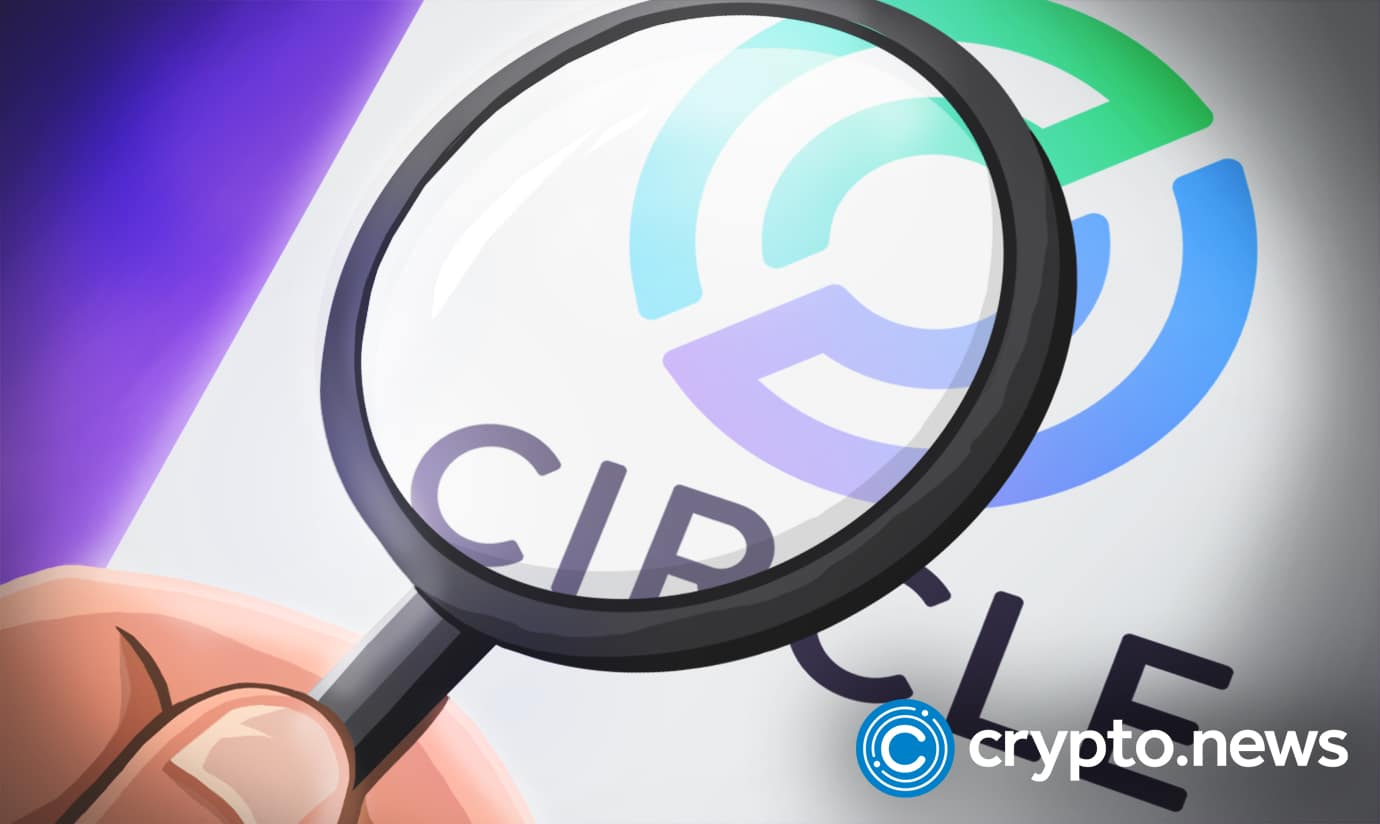
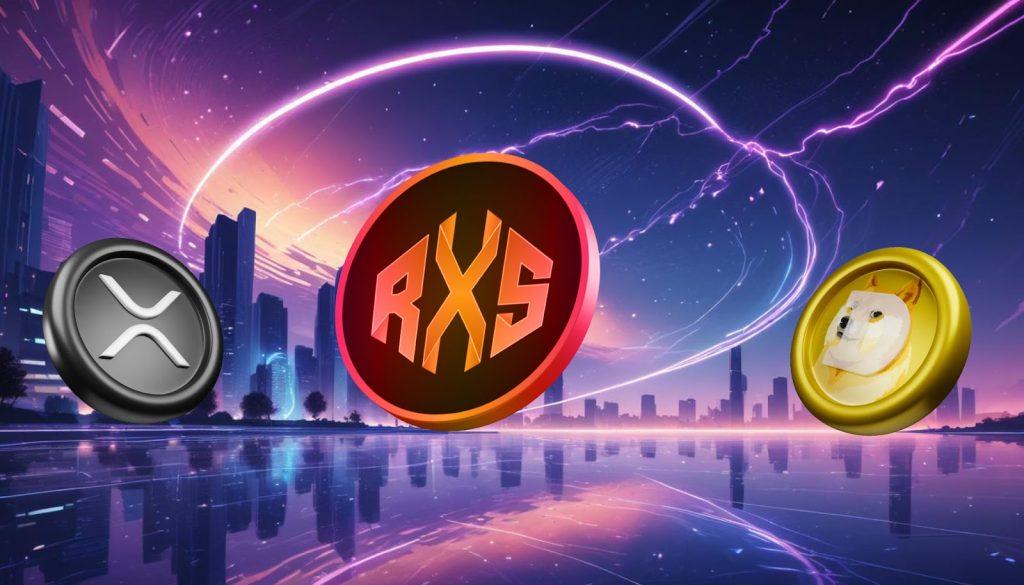

 English (US) ·
English (US) ·